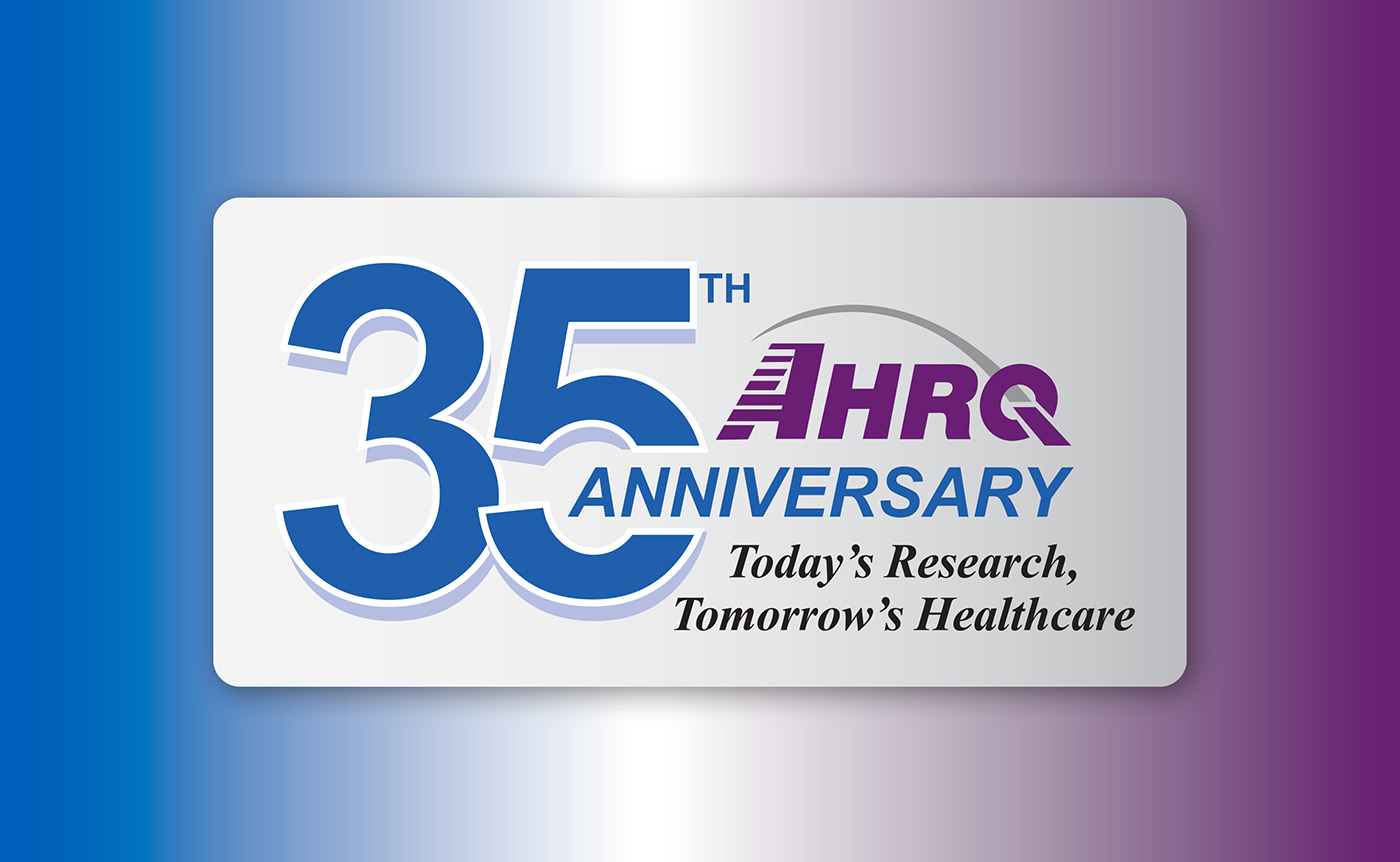National Healthcare Quality and Disparities Report
Latest available findings on quality of and access to health care
Data
- Data Infographics
- Data Visualizations
- Data Tools
- Data Innovations
- All-Payer Claims Database
- Healthcare Cost and Utilization Project (HCUP)
- Medical Expenditure Panel Survey (MEPS)
- AHRQ Quality Indicator Tools for Data Analytics
- State Snapshots
- United States Health Information Knowledgebase (USHIK)
- Data Sources Available from AHRQ




What's New
Blogs
BLOG | April 16: Getting Intentional About Equity: New Guide Helps Developers and Users of Digital Healthcare Technologies
BLOG | March 7: AHRQ Commemorates 35 Years as an Independent Science Agency
Events
REGISTER NOW | April 29: Virtual Grand Rounds To Highlight Making Healthcare Safer IV Report
WEBINAR | May 2: Primary Care Workforce Research Methods
Quality & Patient Safety
Highlights From AHRQ's Patient Safety Network
Now Available: Updated TeamSTEPPS 3.0 Pocket Guide App
New Summary Highlights Research on Teamwork and Leadership To Advance Safety
June 3-21 | Data Submissions for Survey on Patient Safety Culture® Hospital Database
Enroll Now for Program on Improving Antibiotic Use in Telemedicine
Funding & Grants
Research Funding Opportunities from AHRQ
Notice of Intent: AHRQ to Establish Healthcare Extension Service
Impact Case Studies
Learn how AHRQ-funded findings, products and tools have impacted healthcare delivery
AHRQ Research Studies
Careers at AHRQ
Featured Programs
AHRQ programs provide information and resources to help healthcare organizations and providers deliver safe, high-quality, and equitable care across all settings.
Health Equity
Examining inequities and implicit bias embedded in today’s healthcare delivery systems.
National Center for Excellence in Primary Care Research
Supporting transformative primary care research, tools and methods to improve the delivery of primary care.
Diagnostic Safety and Quality
Funding research to better understand how diagnostic errors happen and how to prevent them.
Climate Change
Support for decarbonization in healthcare
Digital Healthcare Research
Providing evidence on how digital healthcare can advance quality, safety, and efficiency for patients and their families
Patient Safety and Quality Improvement
Making healthcare safer in all settings
Data & Analytics
Providing data and analysis to help healthcare decision makers understand how the healthcare system is working and identify opportunities for improvement
EvidenceNOW
Using external practice coaches to help primary care clinicians implement the best evidence into care
Network of Patient Safety Databases
Providing non-identifiable patient safety data at the national level
Learning Health Systems
Conducting research and provides training, tools, and data to help healthcare organizations improve care
Consumer Assessment of Healthcare Providers and Systems
Surveying patients to report on and evaluate their experiences with healthcare
Patient Safety Network
Providing the latest literature, news, and expert commentary on patient safety topics
Comprehensive Unit-based Safety Program
Helping clinical teams make care safer by combining improved teamwork, clinical best practices, and the science of safety
Effective Health Care Program
Improving healthcare quality by providing the best available evidence on benefits and harms of drugs, devices, and services
Evidence-based Practice Centers Program
Generating evidence reports on a wide spectrum of topics to inform clinician practice improvements, guide policymaking, and identify future research needs























